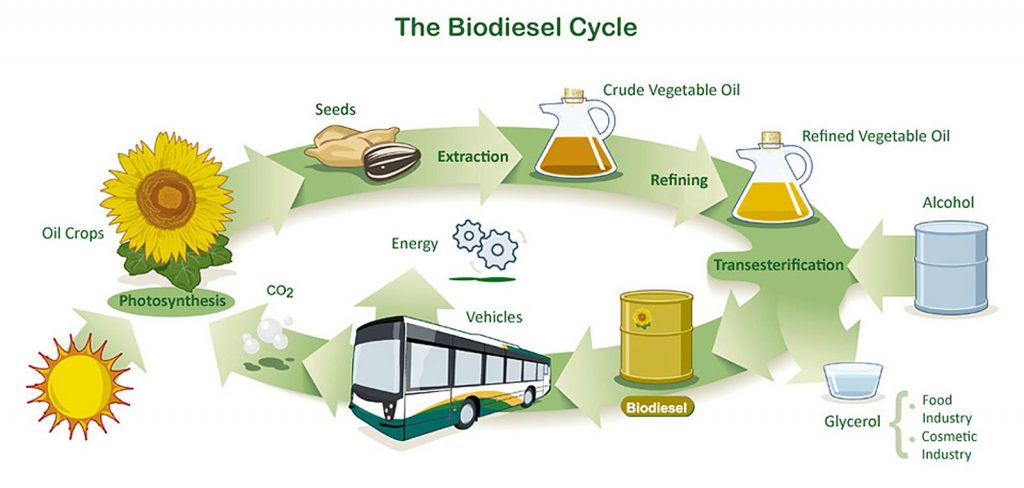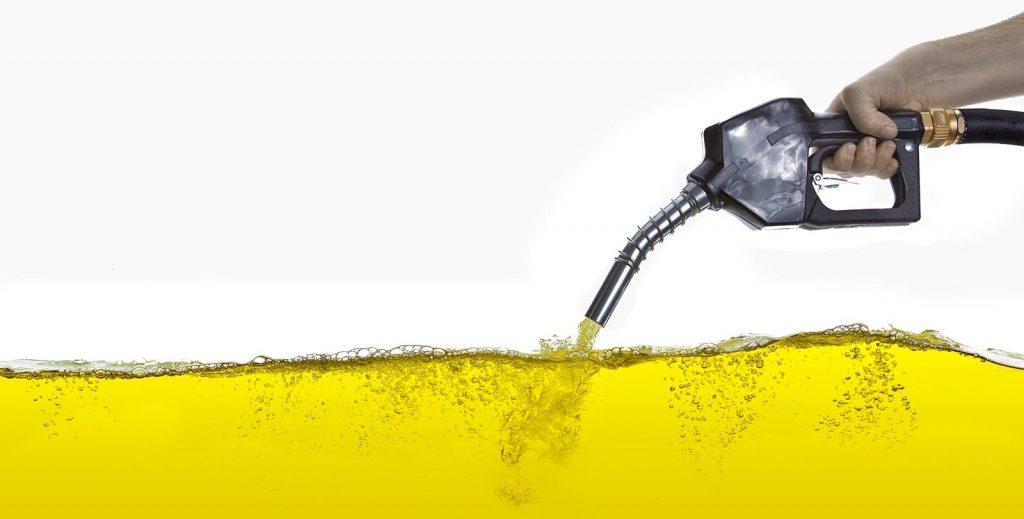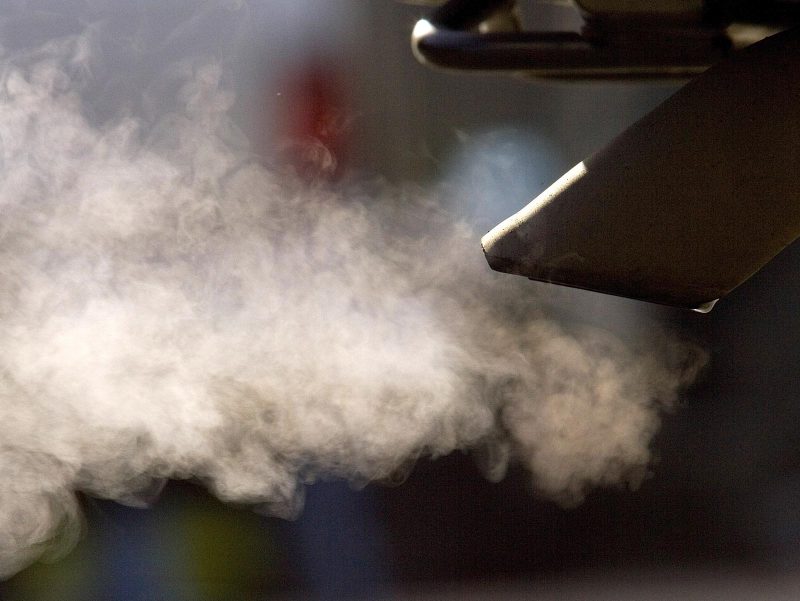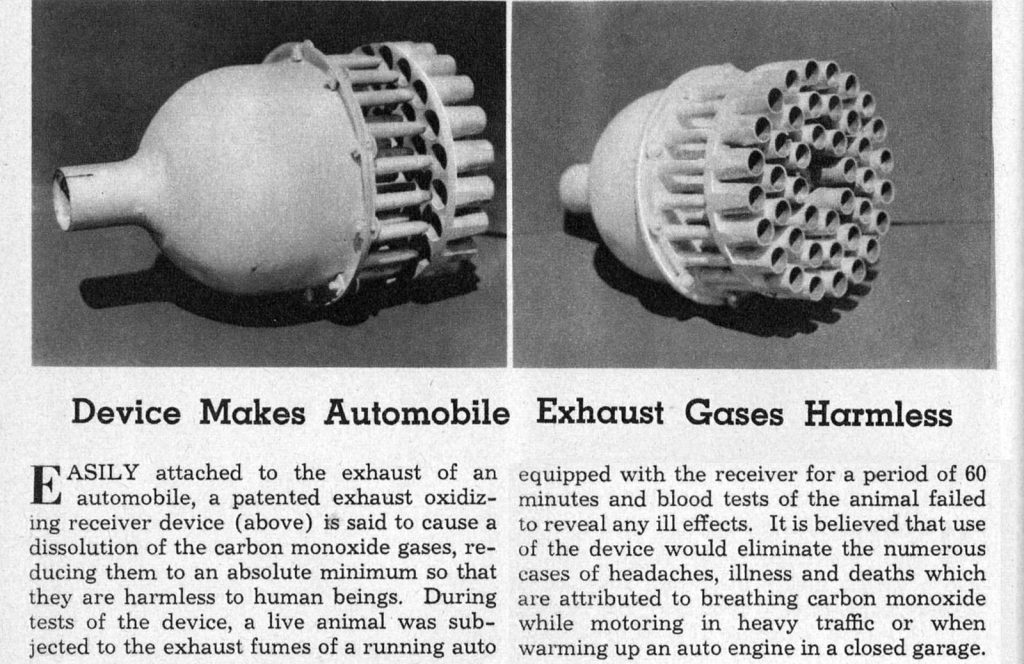The Nose Knows (we just need to train it)
I ride a bike for sport and fitness and so have spent countless hours on, or alongside the road. As I have labored up narrow canyons, being passed by machines with exponentially greater horsepower than my two legs, I have become increasingly aware that not all exhaust is created equal. Reading the New York Times recently and having experience the aroma of my own diesel vehicle, I now understand why. Exhaust, like any other waste product is made up of constituent parts. That chemistry has a lot to do with the greenhouse gas production of any given vehicle and, therefore, is something we all need to be concerned about. While we could all educate ourselves reading technical manuals, Car and Driver, or consulting the EPA website, I am suggesting a simpler and more personal approach. Your nose knows.

Cognitive psychology tells us that our sense of smell, the most ancient and animally attuned of our senses, generates the most profound feelings and memories in us. With this in mind, I would like us all to become connoisseurs of exhaust. Here’s why.
“This planet will not be rescued by superexpensive technology for the few, but when the majority of the mobility is clean….Diesel is far less expensive than plug is and EVs, with better range and performance. Many models carry multigallon tanks of urea, a liquid that produces ammonia to scrub smog forming nitrogen oxides from the exhaust.” Rainer Michel VP Product Planning VW America.
So that creates a particular odor, an exhaust signature, that we should all familiarize ourselves with.

Bio-diesel exhaust has a unique aroma as well, a sometimes sulfurous, sometimes fast-food hint, that may or may not become associated with the smell of progress. Here is why
“Biodiesel exhaust is less offensive. The use of biodiesel and biodiesel blends results in a noticeable, less offensive change in exhaust odor. The use of biodiesel in a conventional diesel engine results in substantial reduction of unburned hydrocarbons, carbon monoxide, and particulate matter. Emissions of nitrogen oxides are either slightly reduced or slightly increased depending on the duty cycle and testing methods. The use of biodiesel decreases the solid carbon fraction of particulate matter (since the oxygen in biodiesel enables more complete combustion to CO2), eliminates the sulfate fraction (as there is no sulfur in the fuel), while the soluble, or hydrocarbon, fraction stays the same or is increased.” Biodiesel.org
Here again, if we attune our sensibilities to what smells right we can quickly develop a common sense approach to combustion and establish a criteria that is easily intuited and universal.

The Internal combustion engine, by contrast, produces emissions that are dangerous, toxic, potentially fatal, and large contributors to the accumulation of greenhouse gas.
“Not all of the fuel is completely consumed by the combustion process; a small amount of fuel is present after combustion, and some of it reacts to form oxygenates, such as formaldehyde or acetaldehyde, or hydrocarbons not originally present in the input fuel mixture. The flame is “quenched” by the relatively cool cylinder walls, leaving behind unreacted fuel that is expelled with the exhaust.” Wikipedia
These trace elements have their own odor footprint, an aroma that is familiar to all of us as it is ubiquitous throughout the world.

But is this the smell that comforts? I recall pumping gas as a kid and genuinely enjoying the fumes that escaped from the tank during the fill up. I think we can all relate to the exhaust of a two stroke lawn mower engine combined with the smell of freshly cut grass as one of the happy memories of summer. Perhaps it is time for a new sensibility, a new set of smells and a new normal. Our sense of smell has powerful and personal psychological effects it can be harnessed to work for the greater good.




